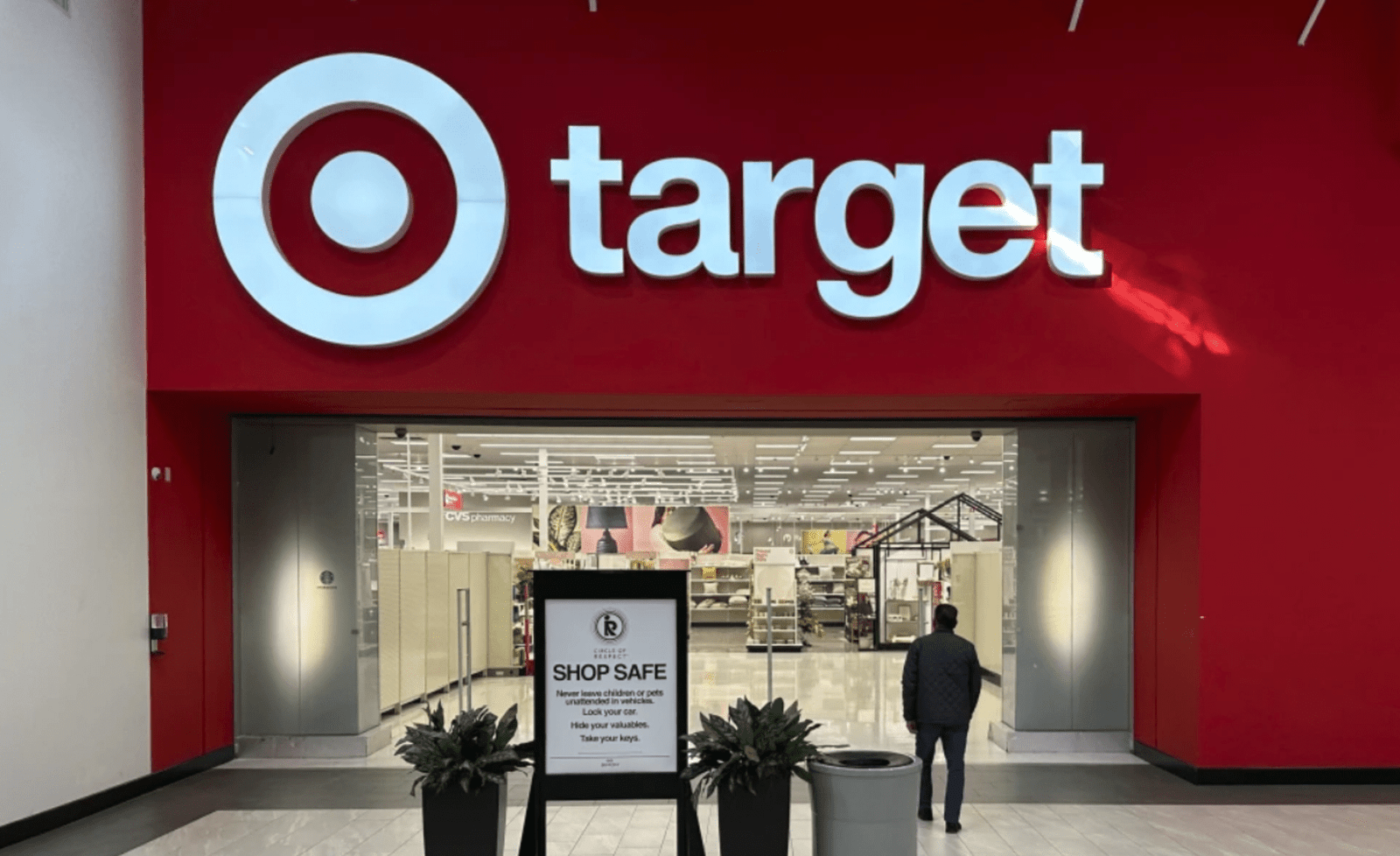
Target 2% Sales Surge: Price Cuts Pay Off.Target’s Turnaround: Focus on Lower Prices Boosts Sales
Overview of Target’s Sales Growth
Target has seen a positive shift in its sales performance. For the first time in a year, comparable store sales have risen. This change comes as a result of the company’s focus on offering lower prices in its grocery aisle. Sales at Target stores and digital platforms rose by 2% in the second quarter. This is a significant improvement after experiencing declines in previous quarters. Target 2% Sales Surge: Price Cuts Pay Off
Recent Sales Trends
In the previous quarter, Target experienced a 3.7% decline in sales. This followed a 4.4% drop in the final quarter of the previous year. However, the latest data shows a reversal of these trends.

Increase in Transactions
Target reported a 3% increase in the number of transactions compared to the same period last year. This boost is significant as it covers all six major merchandising categories. These categories include fashion, home goods, and groceries. The rise in transactions reflects a broader recovery in consumer spending across different product lines.
Strength in Online Sales
Online sales at Target rose by 8.7%. This growth underscores the importance of digital channels in the company’s strategy. The increase in online sales is also a sign of the growing trend of e-commerce. Customers are increasingly shopping online, contributing to Target’s overall sales growth.
Growth in Clothing Sales
Sales in the clothing category increased by 3% compared to a year ago. Target’s new store brands, such as All in Motion and Wild Fable, have been well received. This success in clothing sales demonstrates that Target’s focus on trendy and affordable apparel is resonating with consumers.
Impact of Discretionary Spending
These items include toys, fashion, and electronics. This sector faced challenges due to a shift in consumer focus towards necessities like groceries. The rise in grocery sales has helped counterbalance the decline in discretionary spending.
Price Cuts and Sales Strategies
To address these challenges, Target announced price cuts on thousands of essentials this spring. This move aimed to attract budget-conscious customers and drive traffic to Target stores.
Target’s New Membership Program
This annual membership costs $99. The program has been well received, with over 2 million memberships sold in the second quarter.
Competitive Edge
By offering enhanced delivery options and savings, Target aims to strengthen its position in the retail market. The membership program is designed to make shopping more convenient and appealing to customers.
Future Outlook
Target’s recent performance indicates a positive shift in its sales trajectory. The company’s focus on lower prices and improved delivery services is showing results. Moving forward, Target will likely continue to refine its strategies to maintain and grow its sales.
Target’s recent improvements in sales and market performance suggest a promising future. The strategies implemented to attract budget-conscious consumers and enhance shopping convenience are likely to shape the company’s trajectory moving forward.
Sustaining Sales Growth
The 2% increase in comparable sales signals a potential turning point for Target. As the company continues to focus on price reductions in essential categories, it may see sustained growth. Lower prices on necessities, combined with strategic discounts, could maintain the positive sales momentum. The success of such pricing strategies will depend on continued consumer demand and effective inventory management.
Expansion of Membership Programs
The Target Circle 360 membership program has proven successful, with over 2 million subscriptions in its initial months. This program’s continued expansion could significantly impact Target’s future. The enhanced delivery options and exclusive benefits appeal to a broad customer base. Target might further enhance this program by introducing additional perks or expanding its scope to attract even more subscribers.
Growth in Digital Channels
The 8.7% rise in online sales underscores the growing importance of e-commerce. Target’s investment in digital platforms and technology is expected to pay off further. The company might continue to develop its online presence, offering new digital tools and shopping experiences. Improved online services could drive higher traffic to its website and app, complementing in-store sales.
Competitive Strategies
Continued innovation in delivery services, pricing strategies, and product offerings will be crucial. Strengthening its competitive edge through technology and customer-focused initiatives will be key.
Market Adaptation
As the retail landscape evolves, Target will need to respond to shifting consumer behaviors and economic conditions. The company’s flexibility and responsiveness to market trends will be vital. By staying attuned to consumer needs and industry developments, Target can navigate future challenges and seize opportunities for growth.
In summary, Target’s outlook is optimistic if it continues leveraging effective pricing, enhancing its membership program, and expanding digital capabilities. The company’s ability to adapt and innovate will be critical in maintaining its positive trajectory.
Conclusion
Target’s efforts to lower prices and enhance its membership program have led to a significant improvement in sales. As Target continues to adapt to consumer needs and market trends, its positive sales momentum is expected to continue.







